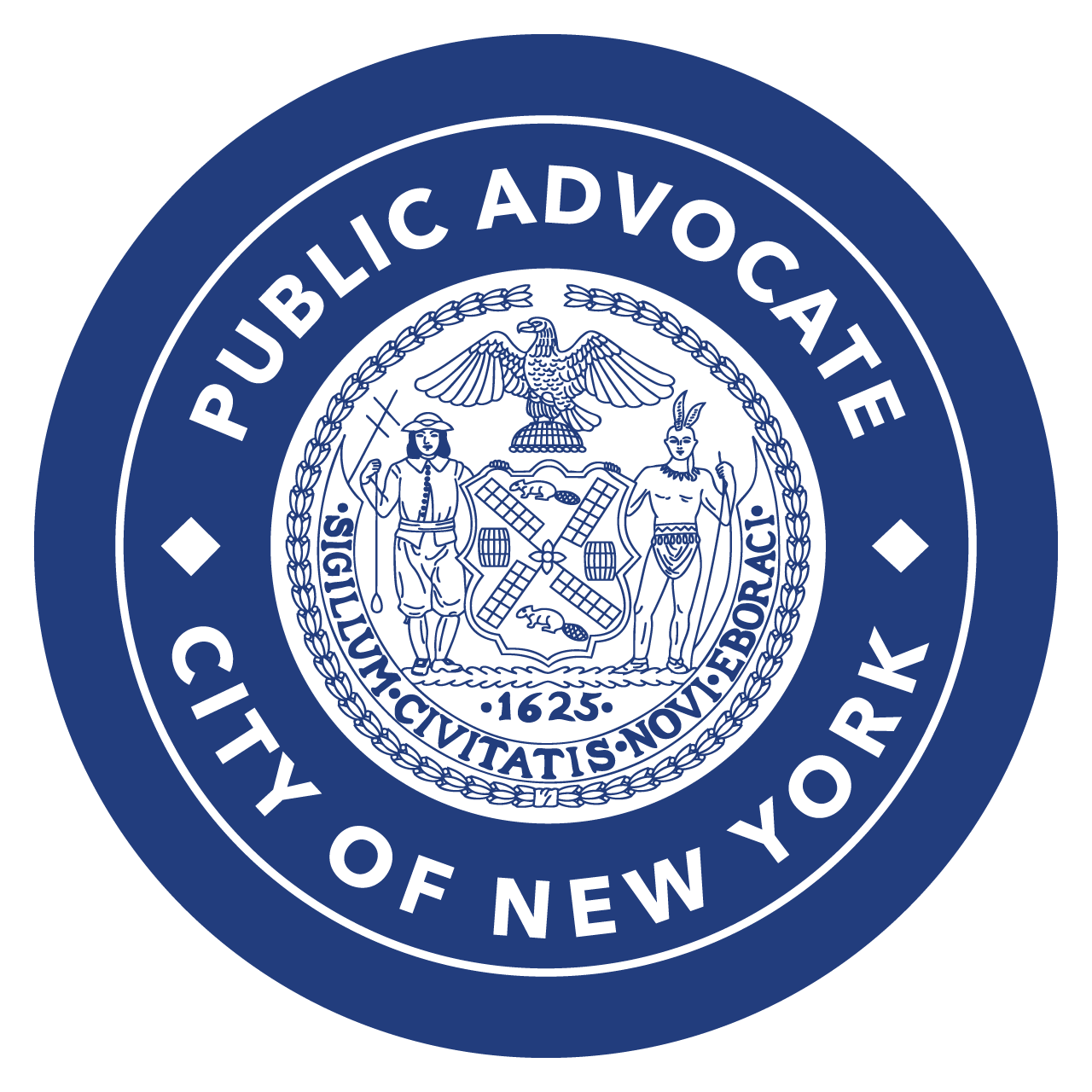Public Advocate Jumaane D. Williams released the following statement after it was announced that 227 Duffield Street in Brooklyn, the home of noted abolitionists Harriet and Thomas Truesdell, would be preserved and designated as a landmark, 227 Abolitionist Place, in recognition of its place in the history of the Abolitionist movement.
"I applaud the designation of 227 Duffield as a landmark, for which my office has advocated and which is crucial to commemorating a piece of the history of the Black experience in New York City, as well as understanding that history and its relevance in modern context. Just as it was vital several years ago to acknowledge and designate the shameful history of our city's slave market at Wall Street, we must preserve and uplift our role in the Abolitionist movement.
"It is a history woefully underrepresented throughout the five boroughs, but one that can be reclaimed and remembered. 227 Abolitionist Place, home of the Truesdells, is a major victory, but we must expand on this progress and preserve other sites in the Abolitionist movement, such as the home of renowned abolitionist Dennis Harris at 857 Riverside Drive - which is facing imminent demolition. This is a moment to establish and educate New Yorkers on a fuller understanding of the city's historical role in slavery and modern mandate around systemic oppression and racial injustices."
First Deputy Public Advocate Nick E. Smith testified during a July 2020 hearing of the Landmarks Preservation Commission to argue for the designation. His full testimony is below and can be downloaded here. TESTIMONY OF FIRST DEPUTY PUBLIC ADVOCATE NICK E. SMITH TO THE NEW YORK CITY LANDMARKS PRESERVATION COMMISSION JULY 14, 2020 Good morning, My name is Nick E. Smith, First Deputy Public Advocate, representing our city's Public Advocate, Jumaane D. Williams. I would like to thank the Landmarks Preservation Commission for holding this very important hearing on the proposed designation of 227 Duffield, or 227 Abolitionist Place, the house that belonged to abolitionists, Harriet and Thomas Truesdell, from 1851 to 1863. In light of the recent activism against police brutality and racism, it has become clear that much of our country's history is left out of the curriculum that is traditionally learned in school. So it is our responsibility to preserve the parts of our history that we did not learn about in the classroom, especially the important figures in Black history, like the Truesdells, who so greatly impacted the fight for racial equality. The Truesdells were well-known abolitionists in New England before moving to Brooklyn. Harriet served on the organizing committee of the Anti-Slavery Convention of American Women, and she was also the treasurer of the Providence Ladies Anti-Slavery Society. Thomas was a founding member of the Rhode Island Anti-Slavery Society. The couple moved to Brooklyn Heights in 1838, and then to Duffield Street in 1851, where their abolitionist work continued. The Truesdells dedicated their life to ending slavery, during a time when helping escaped slaves was illegal and could lead to prison sentences and fines. Interestingly enough, there have been many accounts of Duffield Street being a site where stops on the Underground Railroad were located, one stop in particular being the Truesdells' house. Social justice advocates have said that a previous owner of the property would bring children into the underground tunnels that connected the houses on the block to show them their historical significance. Although the Truesdells have left an indelible mark on the abolitionist movement, the effort to preserve their home as a historic landmark has met its fair share of challenges. In May of 2004, the City Planning Commission, under former Mayor Michael Bloomberg, published a rezoning plan to develop Downtown Brooklyn, and change the site into an unattended parking garage. Joy Chatel, more affectionately known as "Mama Joy," who owned the property at the time until her transition in 2014, had filed a lawsuit in conjunction with Families United for Racial and Economic Equality - also known as FUREE - and Brooklyn Legal Services to contest the City's efforts to acquire the property through eminent domain. The Bloomberg Administration settled the lawsuit to coname the street "Abolitionist Place" and invest $2 million to pay homage to the abolitionist activity by 2010. In June of last year, the Economic Development Corporation announced they would be expanding the current Willoughby Square, which is located between Duffield Street and Gold Street, and hiring artists to design a memorial commemorating the abolitionist movement. A memorial is great, but it is not enough. However, the property has yet to be landmarked. Last year, the Public Advocate signed a letter of support for this designation, aftering being contacted by advocates. We have to acknowledge the late Mama Joy's work, and that of FUREE, to preserve this history. Years ago, the Public Advocate, his council colleagues and advocates advanced legislation to establish a marker at Water and Wall Street, where black people were bought and sold in an open market. The Public Advocate worked with the Administration to erect the marker without needing to pass the bill. The marker now stands at that historic site. Just like we've acknowledged that history, designating this property would be yet another crucial commemoration of the black experience in America. The legacy of slavery exists today. We are currently at a critical point in our City's history. Now is the time to ensure that we safeguard the history of victims of chattel slavery especially when that history has changed the course of our country for the better. Making the home of Harriet and Thomas Truesdell a landmark is essential to acknowledging and preserving an important part of Black history. Thank you.
